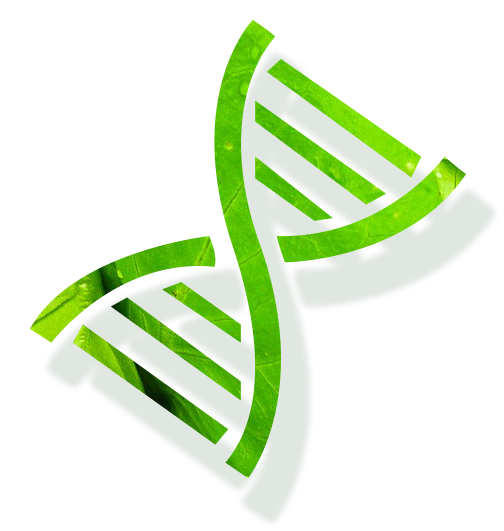Recently, the research team led by Prof. Jun XU from School of Life Sciences and Biotechnology, SJTU published a paper titled " Identification of an α-Oxoamine Synthase and a One-pot Two-step Enzymatic Synthesis of α-Amino Ketones" in Organic Letters, and selected as Supplementary Cover Article.
α-Amino ketones are important structural moieties that are widely found in many pharmaceuticals and bioactive compounds. Furthermore, they are also valuable intermediates for the synthesis of complex compounds, including 2-amino alcohols and various N-heterocycles. Streptomyces albogriseolus MGR072 produces alkaloids with α-Amino ketone moiety. Alb29, which be characterized as an α-oxoamine synthase, was responsible for the incorporation of L-glutamate to acyl-coenzyme A substrates in S. albogriseolus MGR072. Mgr36, an acyl-coenzyme A ligase from the same strain, could be used as an enzymatic tool to generate diverse acyl-CoAs. Combined with Alb29 and Mgr36, a one-pot enzymatic system was established to synthesize α-amino ketones. This work expands the diversity of the AOS family, provides an effective method to obtain various α-amino ketones using internally recycled HS-CoA.
.png)
The research has been sponsored by National Key Research and Development Program of China (grant No. 2019YFC0312501). The first co-authors are Ph.D. candidates, Ting ZHOU and Du GAO from School of Life Sciences and Biotechnology, SJTU, and the corresponding author is Prof. Jun XU from School of Life Sciences and Biotechnology, SJTU.
Publication link: https://pubs.acs.org/doi/10.1021/acs.orglett.0c03600
Supplementary Cover:
.png)
About the Cover:
The cover graphic illustrates a one-pot two-step enzymatic reaction to synthesize different α-amino ketones. An α-oxoamine synthase (Alb29) involved in albogrisin biosynthesis in Streptomyces albogriseolus MGR072 was characterized and used for the incorporation of L-glutamate to acyl-coenzyme A substrate. Meanwhile, an acyl-coenzyme A ligase (Mgr36), which is mined from the genome of the same strain, was exploited to provide the corresponding acyl-CoA using carboxylic acid and HS-CoA. In this system, HS-CoA was internally recycled.



